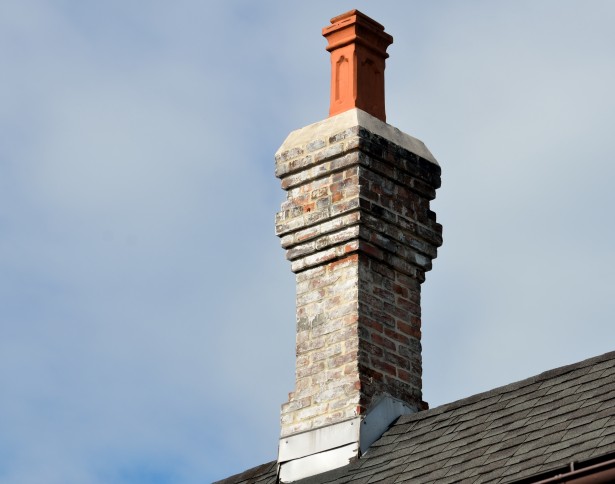1. Did you know that trespass is not just confined to people? If climbing plants such as ivy or wisteria extend into a neighbouring garden it is considered trespass and if damage is reported the home owner could be liable.
Photo source: https://bit.ly/2MObtzi
2. Movement due to the proximity of trees to a building is a common problem. A mature poplar can take up to 50,000 litres of water from the sub soil each year. The root radius of a tree is often equal to or greater than its height above ground level. In some cases, e.g. willow, poplar, elm the radius can be up to twice the height.
3. Did you know that it’s possible to remove a chimney breast from a bedroom to make way for a fitted wardrobe, for example, and leave the chimney stack above? But you can’t just leave it hanging there – it will need to be properly supported, usually with a substantial concrete or steel lintel.
4. Efflorescence is a common sight in new brickwork. It’s caused by soluble salts in solution being brought to the surface as waste in the wall dries out. It is usually a harmless, temporary problem often occurring in spring following a wet winter. The main concern is the unsightly appearance caused by the white staining that it produces. Persistent efflorescence may indicate a design or construction fault.
5. The problem with wood worm is that it can fly! Woodworm isn’t a worm at all, rather it is the larva stage of the common furniture beetle. The female beetle starts the life cycle process by laying eggs directly into the timber through cracks, crevices and existing flight holes. The larval stage can last up to 5 years. The holes associated with woodworm are the flight holes of the emerging adult beetles.

Photo source: https://bit.ly/2D5ZqO0
6. If a chimney was built before 1965 the construction would have been controlled by local bye-laws. It was only with the 1965 Building Regulations that there was a requirement for all chimney flues to be built with liners. That is not to say older chimneys would have been unlined – often the flues were rendered with a lime render – but the approach was not consistent.
7. Radon gas is a radioactive gas, but you can’t see, smell or taste it! Because it is radioactive, it has considerable implications for people’s health. It originates from the rocks and soil found everywhere in the UK. The radon level in the air we breathe outside is very low but can be higher inside buildings because it can accumulate in confined spaces. Public Health England has produced a map showing the areas where there is a greater risk of radon gas.
Source: 7 facts about property that you (probably) didn’t know….

